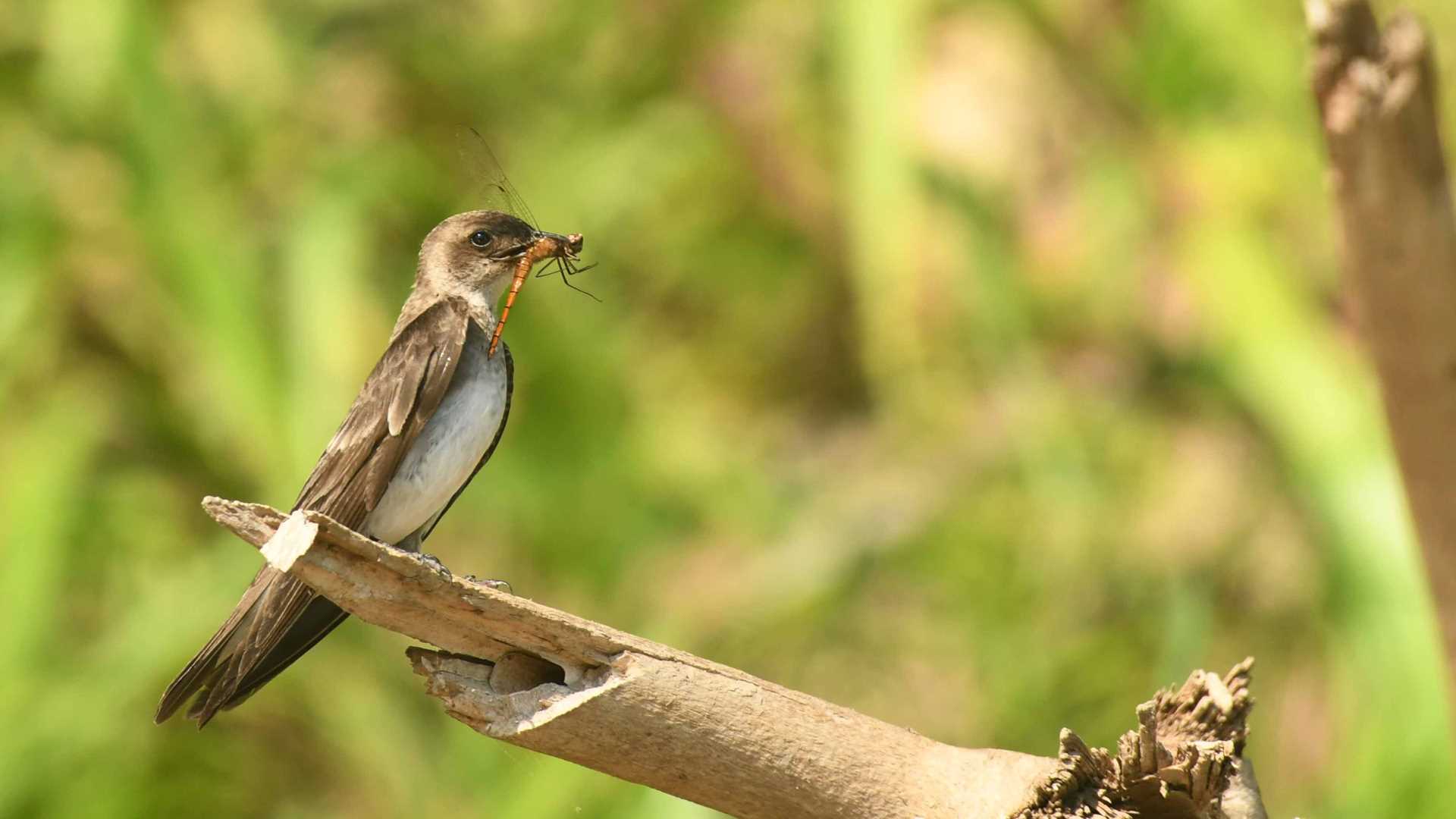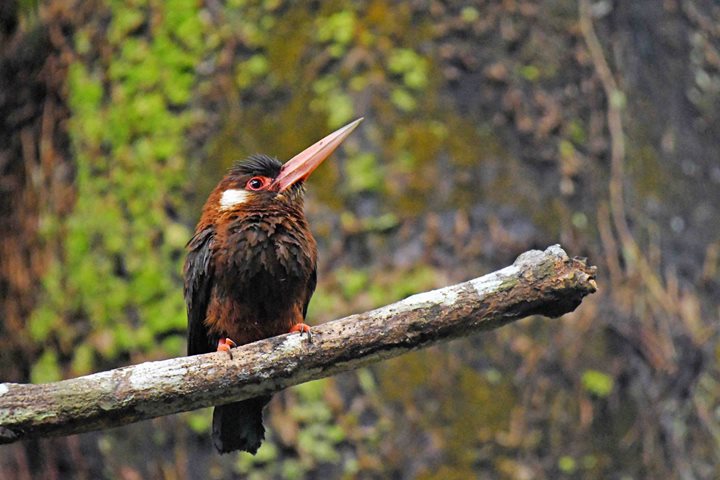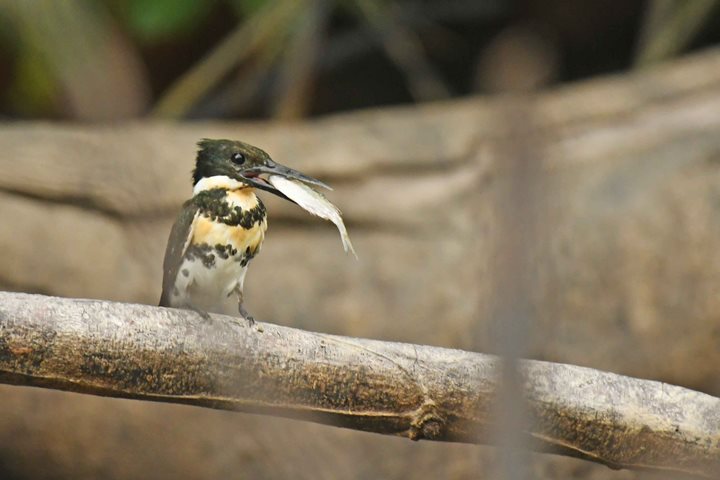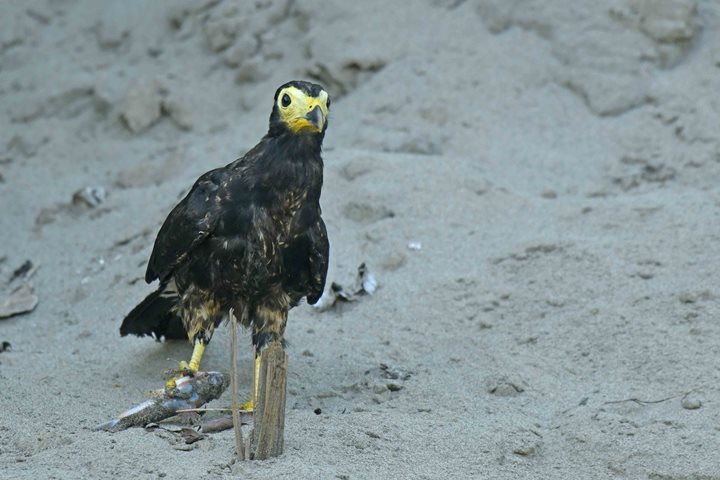The Upper Amazon in Peru is an emerald world that houses a wide biodiversity of flora and fauna, making this ecosystem complex and interconnected. The Amazon is the biggest jungle on the planet. It represents 5% of the world’s landmass, and it has an area of 7.4 million square kilometers. It is imperative to take care of this vital ecosystem for the survival of humans. This week, we are here to admire the jungle’s majesty and wildlife.
Clavero is a black water lake full of plenty of surprises. We explored this area on our skiffs. At the entrance, we found a few pink dolphins feeding on crabs and catfish. It is just amazing to see that very pink coloration, which is a defense mechanism that makes the dolphins hard to see against the riverbed’s reddish mud. Along the shoreline, we found many birds waiting for their opportunities to prey on fish, such as ospreys, Amazon kingfishers, neotropical cormorants, herons, egrets, and more. People fished the area from small canoes built from a sacred local tree called Lupuna. In this vast world full of water, there are no roads. Connections among communities are formed by river navigation.
After exploring Clavero, we moved to another area known as Supay. Our skiffs went all the way into the creek to explore and look for more wildlife. We found woodcreepers, hawks, cardinals, and herons, among other creatures. Exploration of the Upper Amazon is always a surprise. You never know what type of animal will show up, and it makes the journey more interesting and amazing.
We came back to the main river. The sunset was incredible. The sky is clear most of the time here, and it makes every sunset different and beautiful. Clouds turn orange and reddish, and they are mirrored in the water while thousands of birds return to their territories at nighttime.







